Overview
Map
Other Details
كنيسة مار رومانوس - حدشيت
1899
Hadchit
Bcharre
North
بُنيت الكنيسة الأولى في القرن السابع عشر فوق بقايا هيكل رومانيّ على يد الخوري يرد الحدشيتي. أواخر القرن التاسع عشر أُعيد بناؤها على يد الخوري مخايل الخوري يونس وأُتِمَّ سنة ١٨٩٩. اللوحات الثلاث الرئيسيّة من عمل داود القرم، أمّا الجداريّات فهي أحدث عهدًا تعود لمنتصف القرن العشرين وهي من عمل مالك شحيبر طوق.The church was first built in the 17th century over the ruins of a roman temple by Fr. Yard of Hadshit. During the 19th century the church was rebuilt by Fr. Mikhael el Khoury Younes in 1899. The three main paintings were done by Dawoud al Qorm, The murals are more recent from the mid 20th century by Malek Chehaiber Tawk.
Visited 2530 times, 3 Visits today
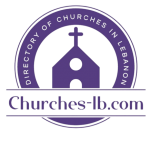
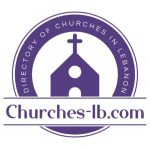

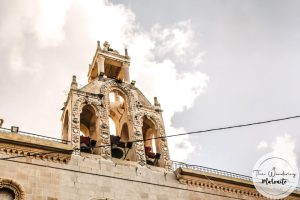
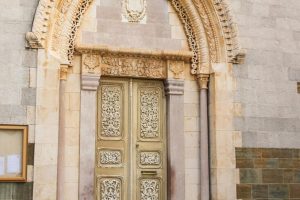
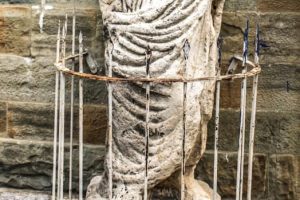

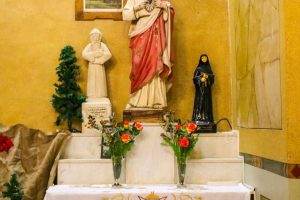
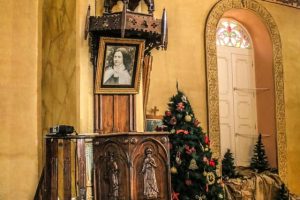
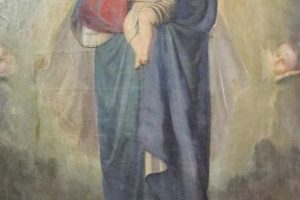
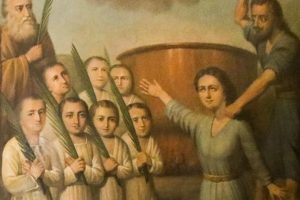
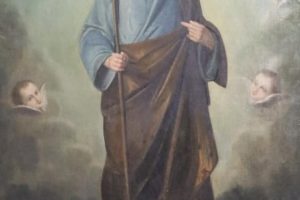
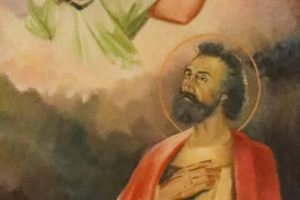
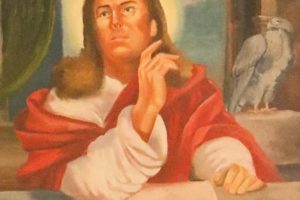
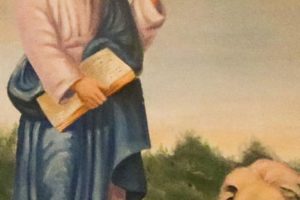
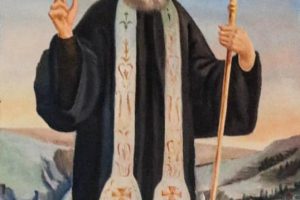


















Reviews are disabled, but trackbacks and pingbacks are open.